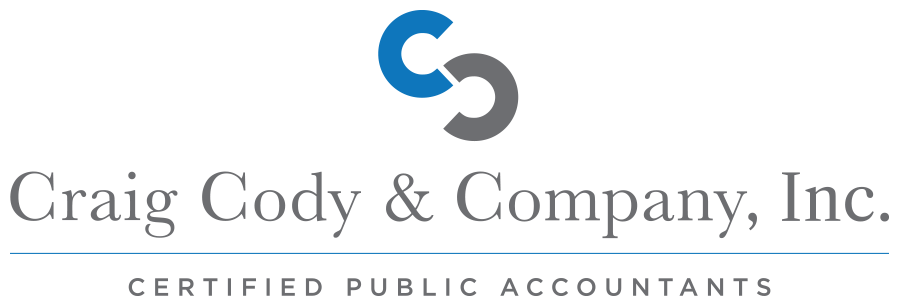Key Lessons for Agency Owners
As an agency owner, scaling your business can be hindered by poor cash flow management. Many agencies start out taking on projects without a clear understanding of their costs and profit margins, fueled by the excitement of new clients and motivated teams. However, as Kevin Hourigan, President and Co-Founder of Spinutech, learned firsthand, this approach can quickly become unsustainable.
Getting Your Cash Flow in Check
In the early stages of his digital marketing agency, Kevin admitted, “We didn’t have the knowledge to know whether or not we were building things cost-effectively. We weren’t looking to know what our gross profit margin was.” Despite growing demand and clients willing to pay higher prices, they lacked the capital and cash flow to invest in the necessary resources to take on more work.
This cash flow crunch stemmed from their reliance on cash-based accounting, which provided an incomplete picture of their financial health. “We were running the business on a cash basis, and so we really didn’t know how the business was performing,” Kevin explained. “We just knew we had money in the bank, but we really didn’t have a good view of our receivables and payables.”
Getting the Full Picture
As agencies grow and take on larger projects, managing accounts receivable and accounts payable becomes increasingly crucial. In the early stages, when projects are smaller and cash flows are more manageable, agencies can often get by with a cash-based approach. However, as project sizes and client billings increase, the timing of cash inflows and outflows can become more complex.
For instance, an agency may receive a large upfront payment from a client for a project, but the expenses associated with that project (e.g., freelancer payments, software subscriptions, etc.) may be spread out over several months. If not properly tracked, this can create a distorted view of the agency’s financial position, leading to potential cash flow issues down the line.
To address this, agencies should transition to accrual-based accounting, which recognizes revenue and expenses when they are earned or incurred, rather than when cash changes hands. As Kevin experienced, “We converted to accrual-based accounting and really got a true landscape of how the business was running.”
Tracking Your Cash Flow with KPIs
With accrual accounting in place, agencies can accurately track accounts receivable (money owed by clients) and accounts payable (money owed to vendors and suppliers). This enables better cash flow forecasting and proactive management of collections and payments.
However, having visibility into cash flow is only the first step. Agencies should also establish key performance indicators (KPIs) and processes to actively manage their cash position. As Kevin highlighted, “We measure and actually incentivize, making sure our cash collections meet certain KPIs.” For Spinutech, tracking KPIs around money is one of the ways they keep track of their financials to ensure they’re healthy and functioning.
Conclusion:
By actively monitoring and incentivizing performance against these KPIs, agencies can ensure they maintain a healthy cash flow position, enabling them to invest in growth opportunities, such as hiring additional talent, upgrading infrastructure, or pursuing new service offerings.
To learn more about how agencies can get their cash flow in check, tune in to this episode of The Progressive Agency Podcast to hear more from our guest, Kevin Hourigan.
Newsletter
Subscribe to our Newsletter! Join our mailing list to receive the latest news and updates from our team.

